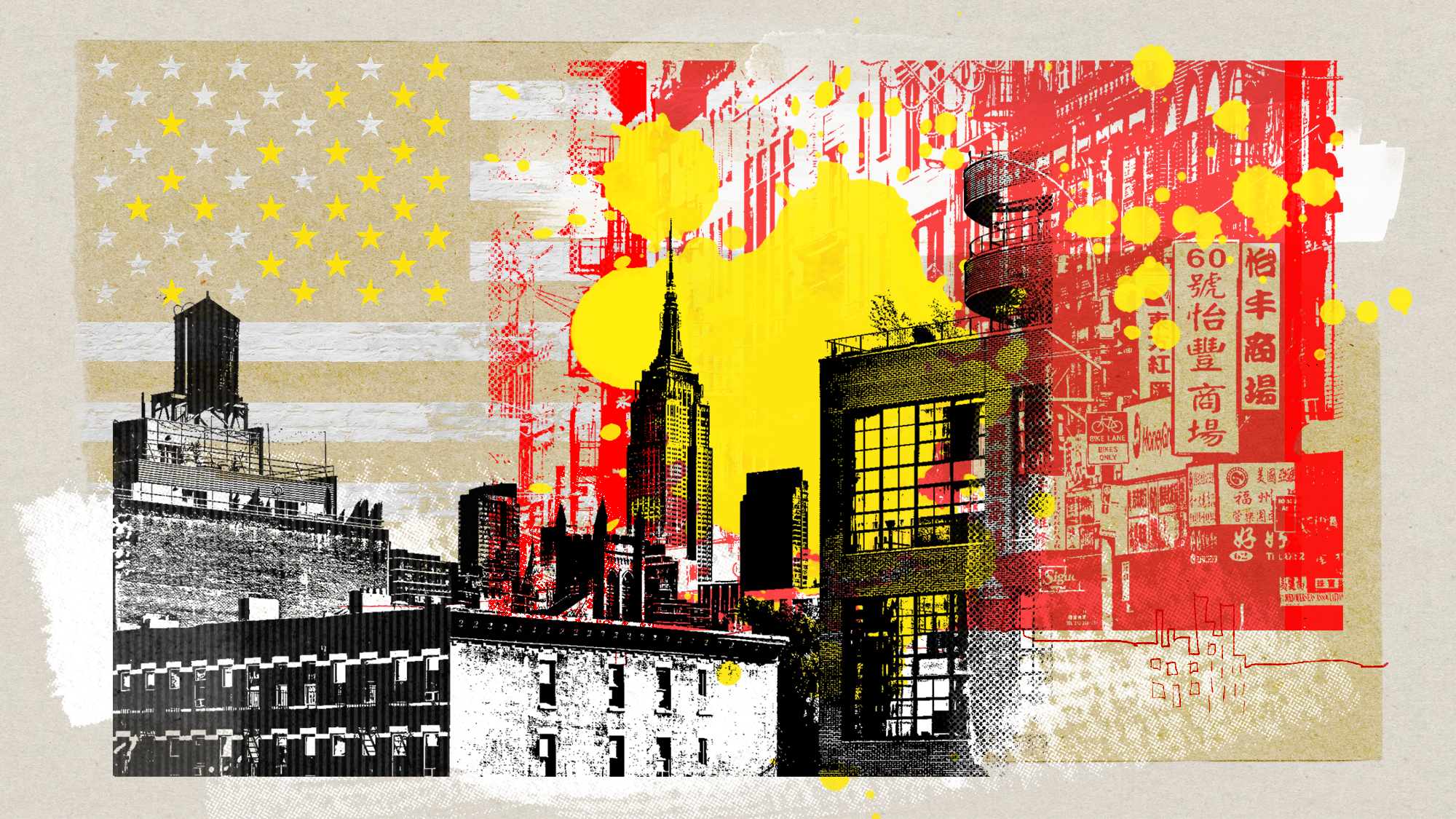Sagrada Familia to pay £32m for building for 136 years without a permit
Builders of unfinished Barcelona cathedral never obtained official permission

Barcelona’s Sagrada Familia cathedral has been landed with a £31.8m bill for building without a permit for 136 years.
The construction of the cathedral, designed by artist Antoni Gaudi, began in 1882 and has continued ever since.
However, the builders of the cathedral never actually obtained a valid construction permit, a fact that has been at the centre of a long-running dispute between church officials and Barcelona’s city authorities.
The Week
Escape your echo chamber. Get the facts behind the news, plus analysis from multiple perspectives.

Sign up for The Week's Free Newsletters
From our morning news briefing to a weekly Good News Newsletter, get the best of The Week delivered directly to your inbox.
From our morning news briefing to a weekly Good News Newsletter, get the best of The Week delivered directly to your inbox.
The lack of permit means the cathedral “is not overseen by any authority to ensure that construction complies with building norms”, says El Pais.
Last week, Barcelona’s mayor Ada Colau tweeted that the city had reached an “historic accord” with the church’s trustees which will see the basilica pay out €36m (£31.8m) over the next ten years.
The lion’s share - €22m (£19m) - will go towards improving the city’s overburdened public transport network, while the rest of the long-deferred payment will go towards security costs and redeveloping the area around the cathedral.
“In return for the money, the authorities will officially regularise the work and the basilica will be able to formalise its permit to complete the design,” architecture website Dezeen reports.
A free daily email with the biggest news stories of the day – and the best features from TheWeek.com
By the time of Gaudi’s death in 1926, only a quarter of planned work on the vast undertaking - which includes 18 towers, the highest of them 170m tall - had been completed, says The Culture Trip.
The cathedral now has a tentative completion date of 2026 - 144 years after the first stones were laid - to coincide with the centenary of Gaudi’s death. In 2010, Pope Benedict XVI consecrated the building as a basilica of the Catholic Church, a status that can only be conferred by a pope.
Despite being unfinished, the edifice is the city’s most iconic landmark, drawing more than three million visitors per year. In 1984, the cathedral’s facade and crypt, where Gaudi is interred, were designated a Unesco World Heritage Site.
-
 Could Trump run for a third term?
Could Trump run for a third term?The Explainer Constitutional amendment limits US presidents to two terms, but Trump diehards claim there is a loophole
-
 Political cartoons for November 28
Political cartoons for November 28Cartoons Friday's political cartoons include economic diagnosis, climate distractions, and more
-
 What does the fall in net migration mean for the UK?
What does the fall in net migration mean for the UK?Today’s Big Question With Labour and the Tories trying to ‘claim credit’ for lower figures, the ‘underlying picture is far less clear-cut’
-
 Femicide: Italy’s newest crime
Femicide: Italy’s newest crimeThe Explainer Landmark law to criminalise murder of a woman as an ‘act of hatred’ or ‘subjugation’ but critics say Italy is still deeply patriarchal
-
 Brazil’s Bolsonaro behind bars after appeals run out
Brazil’s Bolsonaro behind bars after appeals run outSpeed Read He will serve 27 years in prison
-
 Americans traveling abroad face renewed criticism in the Trump era
Americans traveling abroad face renewed criticism in the Trump eraThe Explainer Some of Trump’s behavior has Americans being questioned
-
 Nigeria confused by Trump invasion threat
Nigeria confused by Trump invasion threatSpeed Read Trump has claimed the country is persecuting Christians
-
 Sanae Takaichi: Japan’s Iron Lady set to be the country’s first woman prime minister
Sanae Takaichi: Japan’s Iron Lady set to be the country’s first woman prime ministerIn the Spotlight Takaichi is a member of Japan’s conservative, nationalist Liberal Democratic Party
-
 Russia is ‘helping China’ prepare for an invasion of Taiwan
Russia is ‘helping China’ prepare for an invasion of TaiwanIn the Spotlight Russia is reportedly allowing China access to military training
-
 Interpol arrests hundreds in Africa-wide sextortion crackdown
Interpol arrests hundreds in Africa-wide sextortion crackdownIN THE SPOTLIGHT A series of stings disrupts major cybercrime operations as law enforcement estimates millions in losses from schemes designed to prey on lonely users
-
 China is silently expanding its influence in American cities
China is silently expanding its influence in American citiesUnder the Radar New York City and San Francisco, among others, have reportedly been targeted